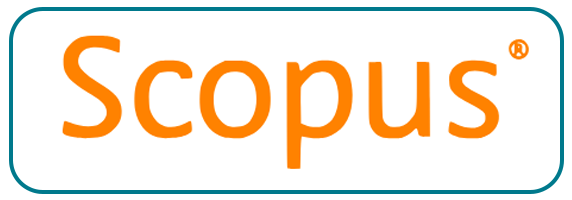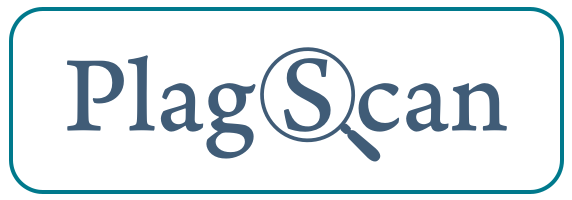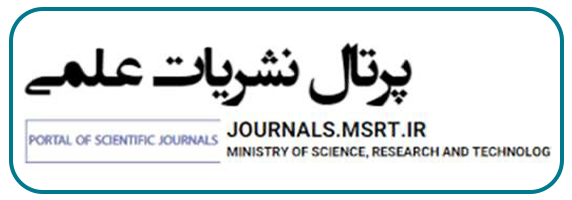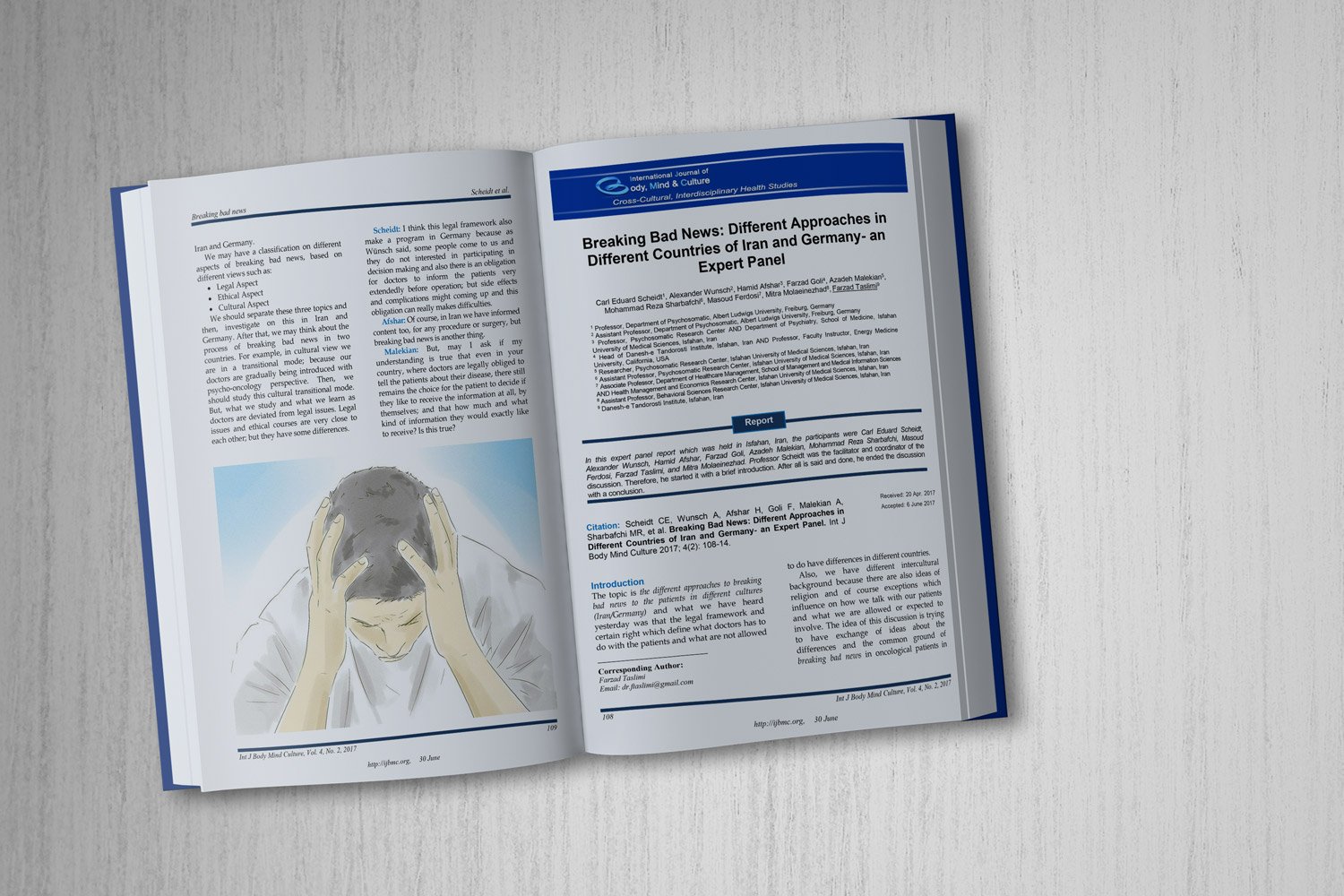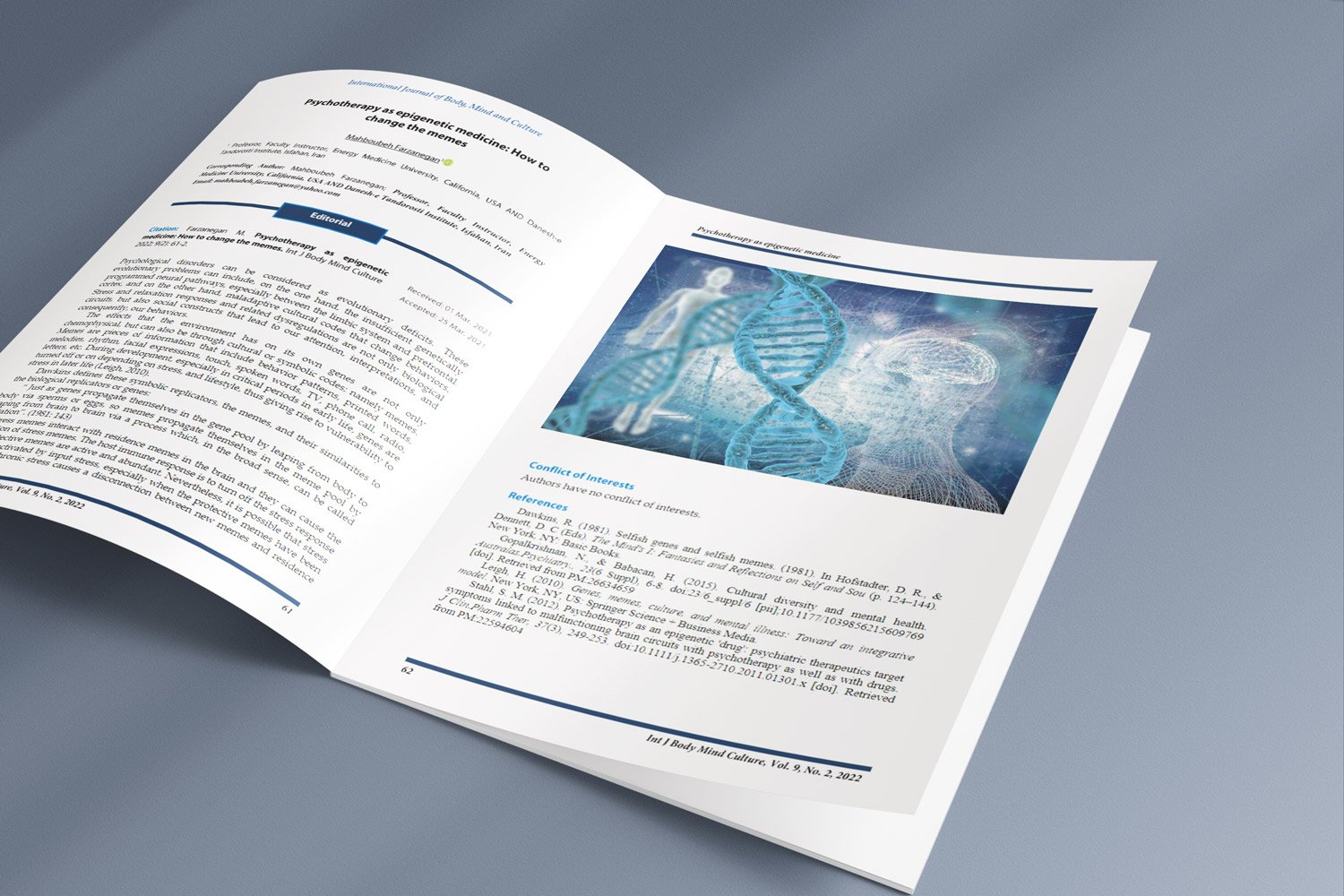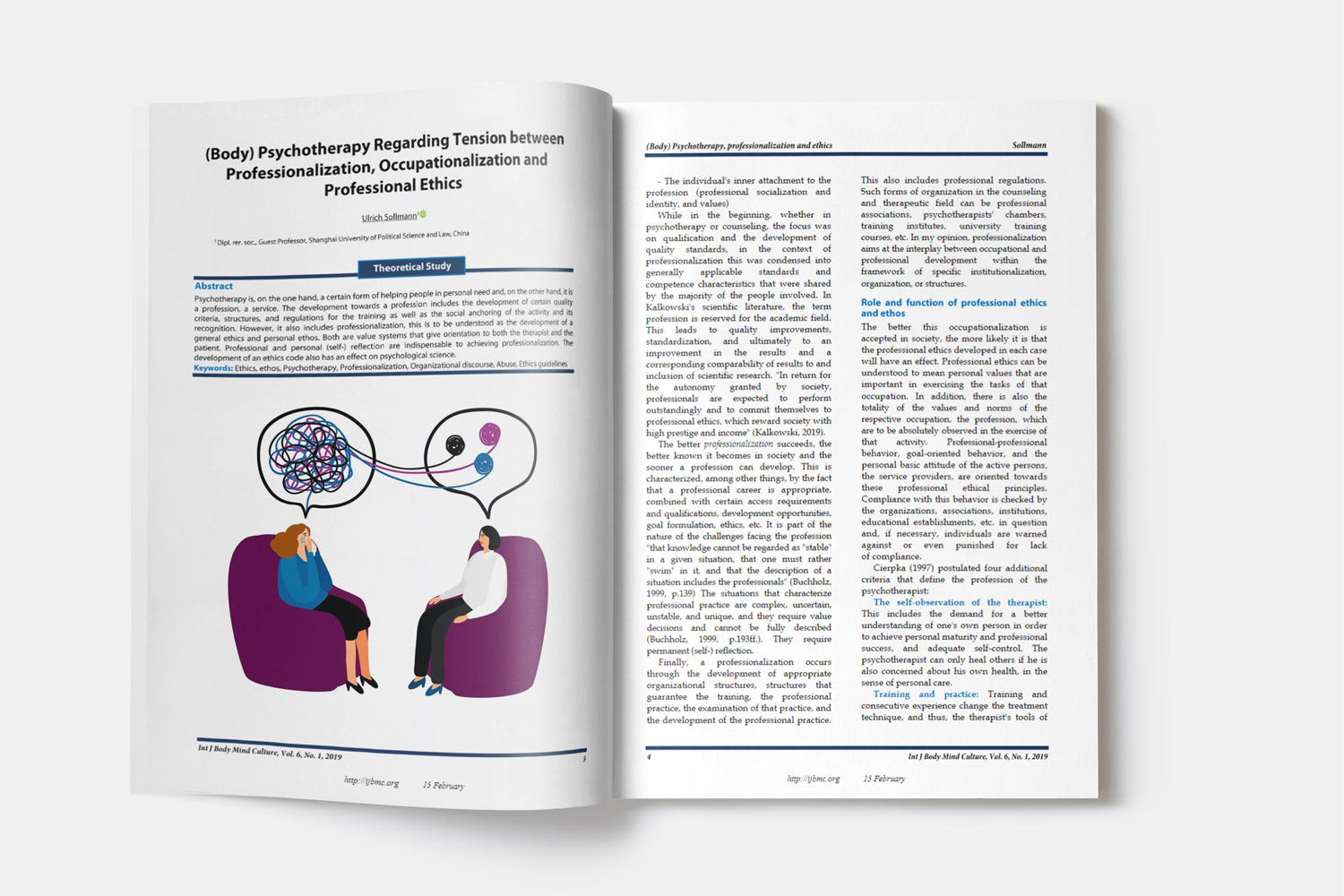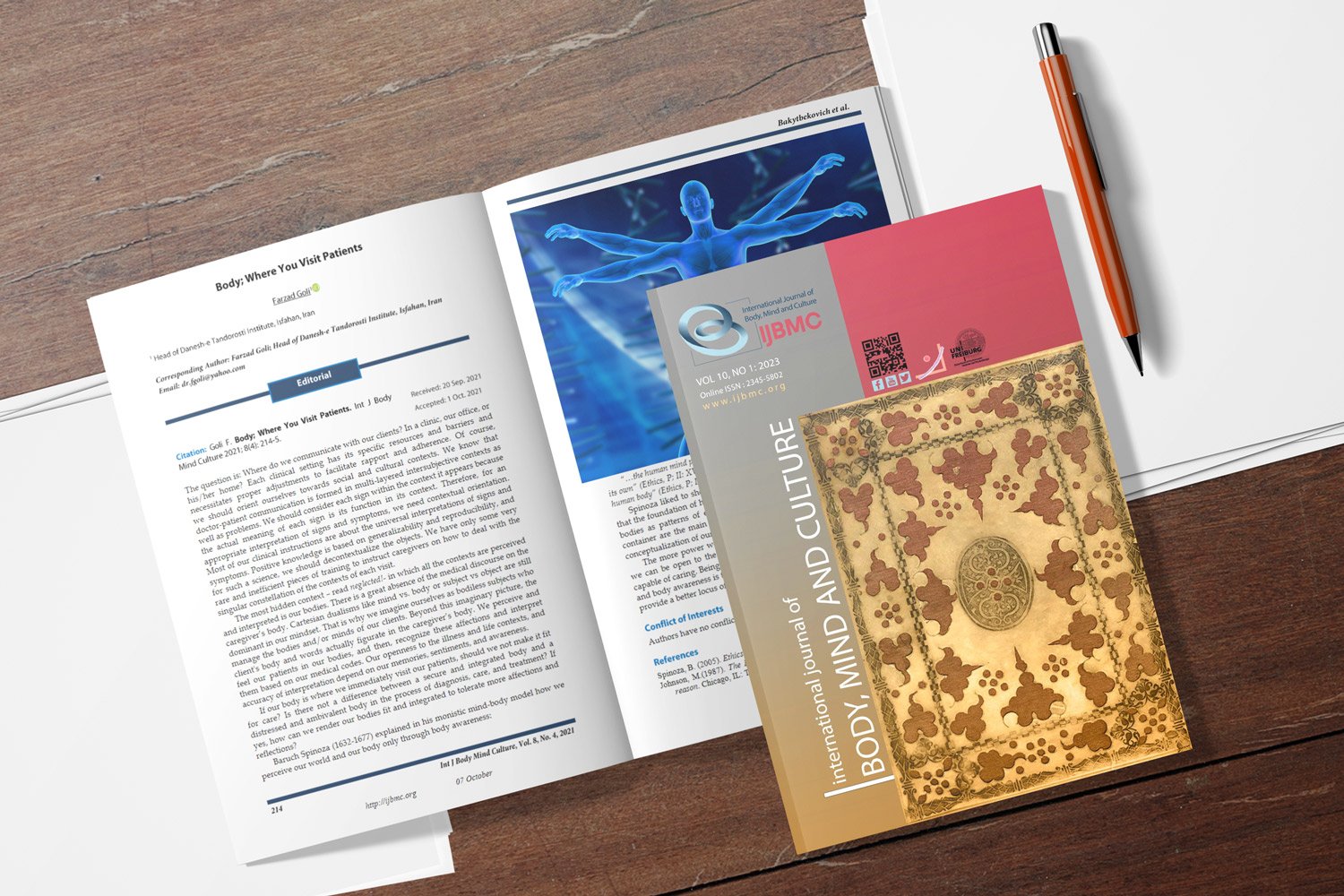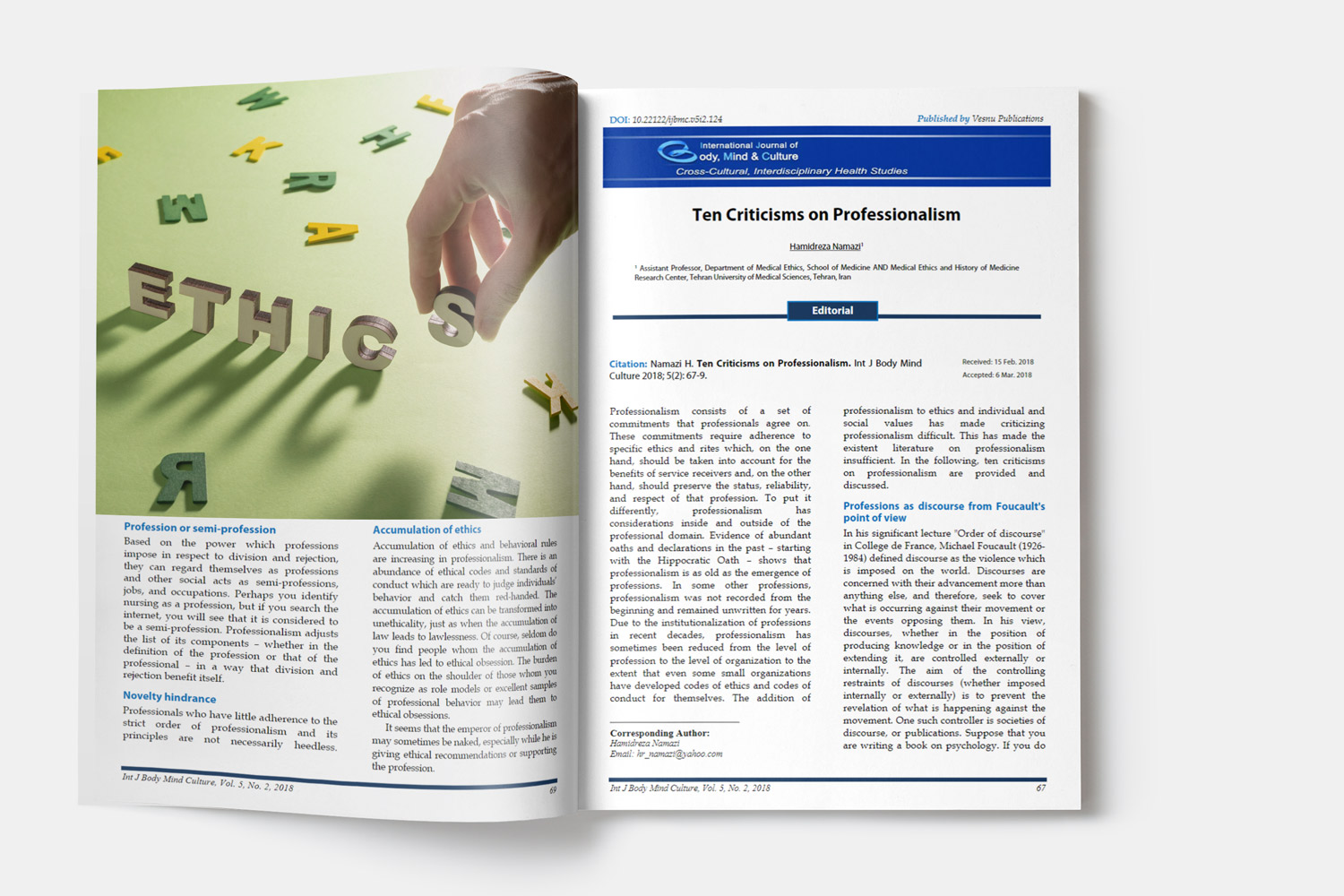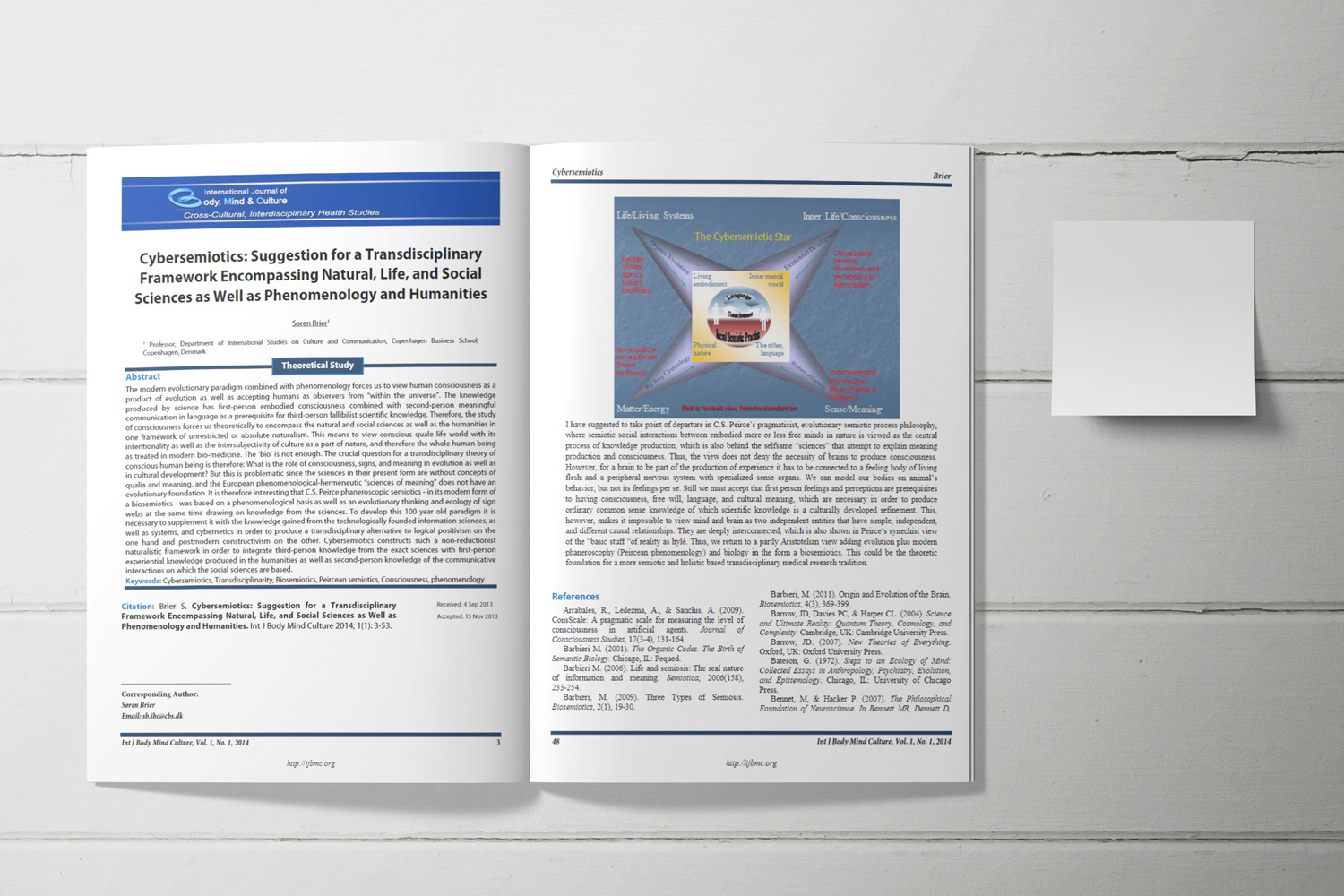Pleasure, Power, Meaning, and Beyond: Towards a Biosemiotic Model of Wellbeing
Downloads
This theoretical paper presents the Bioenergy Economy-based Health Improvement (BEHI) model, which adopts a biosemiotic perspective on health by integrating psychodynamics, behavioral economics, and transpersonal psychology. The BEHI model seeks to optimize investments through the free energy principle and pragmatic contextualization of thoughts and behaviors. It views the interconnected systems of body, mind, society, and culture as meaning-making entities shaped and directed by energetic, material, symbolic, and reflective signs. By focusing on energy-information reprocessing in four key domains- body economy, narrative economy, relational economy, and intentional economy- the model offers strategies for cultivating autotelic happiness and embodied wisdom. Incorporating principles of nonduality and wholeness, the BEHI model aims to minimize free energy, maximize value creation, and promote unconditioned salutogenesis. Empirical evidence and clinical studies confirm the BEHI model's effectiveness in addressing psychological, medical, and educational challenges. This integrative approach provides a framework for integrating current psychological methods into systemic clinical and educational settings, paving the way for innovative pathways toward sustainable development of happiness.
Downloads
Adams, W., Graf, E., & Ernst, M. Adams, RA, Brown, HR, Friston, KJ (2014). Bayesian inference, predictive coding and delusions. Avant, 3 (5), 51–88. DOI: 10.26913/50302014.0112. 0004. Adams, RA, Stephan, KE, Brown, HR, Frith, CD, Friston, KJ (2013). The computational anatomy of psychosis. Frontiers in Psychiatry, 4 (47), 1–26. DOI: 10.3389. Sciences, 36(3), 204-205. https://doi.org/10.26913/50302014.0112.0004
Ahmadi, S. A., Henning, J. E., & Goli, F. (2017). Awakening Teachers to their Presence: An Experiential Course in Body Wisdom. The Practitioner Scholar: Journal of the International Trauma Training Institute, 6(1). https://thepractitionerscholar.com/article/view/17557
Ashwood, L., & Bell, M. M. (2017). Affect and taste: Bourdieu, traditional music, and the performance of possibilities. Sociologia ruralis, 57, 622-640. https://doi.org/10.1111/soru.12135
Assagioli, R. (1961). Self-realization and psychological disturbances. Psychosynthesis Research Foundation Greenville, DE. https://www.psychosynthesistrust.org.uk/wp-content/uploads/2014/12/Self-Realisation-and-Psychological-Disturbances-Assagioli.docx
Bahreini, F., Azizi, A., & Roohafza, H. (2024). Effectiveness of Bioenergy Economy-based Health Improvement versus Mindfulness-based Stress Reduction on the Occupational Stress and Psychosomatic Symptoms of Distressed Employees? International Journal of Body, Mind & Culture (2345-5802), 11(2). https://search.ebscohost.com/login.aspx?direct=true&profile=ehost&scope=site&authtype=crawler&jrnl=23455802&AN=178489000&h=zh3jiP2w6sTOChnZiu%2BVjUtryTVRMwERmbF0%2Flnxq2FLA6P2ii2Pmq7Ahr689vFuP8zhLI6PtCqRQ7VBdIasag%3D%3D&crl=c
Bahrs, O., & Mayer, C.-H. (2024). Psychobiographical reflections on Viktor von Weizsäcker within the cultural framework of salutogenesis and medical anthropology. International Review of Psychiatry, 36(1-2), 129-142. https://doi.org/10.1080/09540261.2023.2244072
Baumeister, R. F., Vohs, K. D., Aaker, J. L., & Garbinsky, E. N. (2016). Some key differences between a happy life and a meaningful life. In Positive Psychology in Search for Meaning (pp. 49-60). Routledge. https://www.taylorfrancis.com/chapters/edit/10.4324/9781315751450-6/key-differences-happy-life-meaningful-life-roy-baumeister-kathleen-vohs-jennifer-aaker-emily-garbinsky
Bo O’Connor, B., & Fowler, Z. (2023). How imagination and memory shape the Moral mind. Personality and Social Psychology Review, 27(2), 226-249. https://doi.org/10.1177/10888683221114215
Burks, A. W. (1996). Peirce's evolutionary pragmatic idealism. Synthese, 106, 323-372. https://doi.org/10.1007/BF00413590
Butler, M. (2024). Technology-Based Maternal Parenting Education and Perceptions of Youth Resilience Among African American Mothers Walden University]. https://search.proquest.com/openview/a1be9e2b514624d716d53a5893f1b939/1?pq-origsite=gscholar&cbl=18750&diss=y
Cicognani, E. (2024). Sense of community. In Encyclopedia of Quality of Life and Well-Being Research (pp. 6314-6318). Springer. https://doi.org/10.1007/978-3-031-17299-1_2648
Conway, M. A., & Pleydell-Pearce, C. W. (2000). The construction of autobiographical memories in the self-memory system. Psychological Review, 107(2), 261. https://doi.org/10.1037/0033-295X.107.2.261
Czikszentmihalyi, M. (1990). Flow: The psychology of optimal experience. New York: Harper & Row. https://www.academia.edu/download/61507600/Flow_The_Psychology_of_Optimal_Experience20191213-16391-wlbah5.pdf
Deacon, T. W. (2021). How molecules became signs. Biosemiotics, 14(3), 537-559. https://doi.org/10.1007/s12304-021-09453-9
Dresow, M., & Love, A. C. (2023). Teleonomy: revisiting a proposed conceptual replacement for teleology. Biological Theory, 18(2), 101-113. https://doi.org/10.1007/s13752-022-00424-y
Fano, R. (2021). Interview in Aftab, Cheung, Kim, Thakkar, Yeddanapudi (2001) Information Theory & The Digital Revolution 6.933 Project History, Massachusetts Institute of Technology. In.
Farzanegan, M., Hashemi Jazi, M. S., Derakhshan Jan, A., Sadeghi, M., & Roohafza, H. (2024). Evaluation of the Effectiveness of BEE Method in Improving Biological and Psychological Factors in Post-MI Patients: A Randomized Study. ARYA Atherosclerosis Journal, 20(2 (Incomplete Issues)). https://arya.mui.ac.ir/article_29604.html
Feldman, F. (2004). Pleasure and the good life: Concerning the nature, varieties, and plausibility of hedonism. Oxford University Press. https://doi.org/10.1093/019926516X.001.0001
Frankl, V. E. (2017). Man's Search for Meaning: Young Adult Edition: Young Adult Edition. Beacon Press. https://books.google.com/books?hl=en&lr=&id=umJ8DgAAQBAJ&oi=fnd&pg=PP1&dq=Frankl,+V.+E.+(2017).+Man%27s+Search+for+Meaning:+Young+Adult+Edition:+Young+Adult+Edition.+Beacon+Press.+&ots=EzzffCwyYY&sig=_eqo6u_t1qG7DCXVr7SjJaTuiqU
FREUD'S, O. (1920). " BEYONDTHE PLEASURE PRINCIPLE. https://api.taylorfrancis.com/content/books/mono/download?identifierName=doi&identifierValue=10.4324/9780429477799&type=googlepdf
Freud, S. (1899). The Interpretation of Dreams.(J. Strachey, Trans.) Basic Books, New York (1955). Original Work Published in. https://psychclassics.yorku.ca/Freud/Dreams/dreams.pdf
Freud, S. (2008). General psychological theory: Papers on metapsychology. Simon and Schuster. https://books.google.com/books?hl=en&lr=&id=T3F2XT_LxNwC&oi=fnd&pg=PR9&dq=Freud,+S.+(2008).+General+psychological+theory:+Papers+on+metapsychology.+Simon+and+Schuster.+&ots=DbEr0zr-8o&sig=-cZDg-j-hNj8lCTMvFsBotoT4rQ
Freud, S. (2018). Formulations on the two principles of mental functioning. In Unconscious phantasy (pp. 67-76). Routledge. https://doi.org/10.4324/9780429484469-2
Friston, K. (2005). A theory of cortical responses. Philosophical transactions of the Royal Society B: Biological sciences, 360(1456), 815-836. https://doi.org/10.1098/rstb.2005.1622
Friston, K. (2008). Hierarchical models in the brain. PLoS computational biology, 4(11), e1000211. https://doi.org/10.1371/journal.pcbi.1000211
Friston, K. (2010). The free-energy principle: a unified brain theory? Nature reviews neuroscience, 11(2), 127-138. https://doi.org/10.1038/nrn2787
Friston, K., & Ao, P. (2012). Free energy, value, and attractors. Computational and mathematical methods in medicine, 2012(1), 937860. https://doi.org/10.1155/2012/937860
Ghassemi, Z., Vahedi, S., Tabatabaei, S. M., & Alivandi Vafa, M. (2021). Effectiveness of Bioenergy Economy Intervention on Self-compassion, Self-efficacy, and Weight Loss. Iranian Journal of Health Psychology, 4(4), 27-46. https://ijohp.journals.pnu.ac.ir/article_8325.html
Gintis, H. (2000). Beyond Homo economicus: evidence from experimental economics. Ecological economics, 35(3), 311-322. https://doi.org/10.1016/S0921-8009(00)00216-0
Goli, F. (2016). Medical Practice in/with the Semiosphere. In Biosemiotic Medicine: Healing in the World of Meaning (pp. 217-239). Springer. https://doi.org/10.1007/978-3-319-35092-9_9
Goli, F. (2018). Bioenergy Economy: Fields and Levels–A Narrative Review. Int J Body Mind Cult, 5(4), 171-182. https://ijbmc.org/index.php/ijbmc/article/view/130
Goli, F. (2023). Abandoned Bodies, Lost Gods: A Bioenergy Economy-based Trauma. International Journal of Body, Mind & Culture (2345-5802), 10(2). https://search.ebscohost.com/login.aspx?direct=true&profile=ehost&scope=site&authtype=crawler&jrnl=23455802&AN=166097155&h=WbyRuhAh1EzLyBFyblCExr1ENCMOP1DRzrs7oz8wWNAXB8O%2Fyon4tMk%2B3RYzXo0uirEYUvBtzr2vqafh%2Be5Crg%3D%3D&crl=c
Goodarzi, S., Rezakhani, S., & Fattahi Andabil, A. (2023). THE IMPACT OF BIOENERGY ECONOMY-BASED AND COGNITIVE-BEHAVIORAL THERAPY ON SEXUAL SATISFACTION AND SEXUAL ASSERTIVENESS OF WOMEN. Nursing and Midwifery Journal, 21(6), 491-502. https://doi.org/10.61186/unmf.21.6.491
Hausman, C. R. (1997). Charles S. Peirce's evolutionary philosophy. Cambridge University Press. https://books.google.com/books?hl=en&lr=&id=Ueu9kctiBhYC&oi=fnd&pg=PR7&dq=Hausman,+C.+R.+(1997).+Charles+S.+Peirce%27s+evolutionary+philosophy.+Cambridge+University+Press.+&ots=Lx7qFsoDGq&sig=lSmOa3wkZu3DMHwZokQYB6B94J8
Hayles, N. K. (2019). Can computers create meanings? A cyber/bio/semiotic perspective. Critical Inquiry, 46(1), 32-55. https://doi.org/10.1086/705303
Heidegger, M. (1977). Basic writings: from Being and time (1927) to The task of thinking (1964). https://archive.org/details/basicwritingsfro0000heid_i1o0
Holland, J. H. (2000). Emergence: From chaos to order. OUP Oxford. https://books.google.com/books/about/Emergence.html?id=VjKtpujRGuAC
Jankowski, T., & Holas, P. (2014). Metacognitive model of mindfulness. Consciousness and Cognition, 28, 64-80.
Johnson, M. (1999). Philosophy in the flesh: The embodied mind and its challenge to western thought. Basic Books. https://www.semanticscholar.org/paper/Philosophy-in-the-flesh-%3A-the-embodied-mind-and-its-Lakoff-Johnson/1745ec3f918cd551a8579261d3cfb0403de6a7be
Josipovic, Z. (2019). Nondual awareness: consciousness-as-such as non-representational reflexivity. Progress in brain research, 244, 273-298. https://doi.org/10.1016/bs.pbr.2018.10.021
Kabat-Zinn, J. (2023). Wherever you go, there you are: Mindfulness meditation in everyday life. Hachette UK. https://books.google.com/books?hl=en&lr=&id=9Y63EAAAQBAJ&oi=fnd&pg=PT11&dq=Kabat-Zinn,+J.+(2023).+Wherever+you+go,+there+you+are:+Mindfulness+meditation+in+everyday+life.+Hachette+UK.+&ots=C1_3zl9STY&sig=wLRikpHglxMRyOFz7eIlCj0SqIA
Keltner, D. (2024). Awe: The new science of everyday wonder and how it can transform your life. Penguin. https://www.jpc.de/jpcng/books/detail/-/art/dacher-keltner-awe-the-new-science-of-everyday-wonder-and-how-it-can-transform-your-life/hnum/11616939
Keyvanipour, M., Goli, F., Bigdeli, I., Boroumand, A., Rafieinia, P., & Sabahi, P. (2019). The effects of a bioenergy economy based program on attention bias modification in people with high anxiety sensitivity. International Clinical Neuroscience Journal, 6(4), 133-139. https://doi.org/10.15171/icnj.2019.25
Khanam, M. (2022). Neural correlates of an introductory cognitive behavioral intervention with mindfulness in strengthening resilience to post-traumatic stress injuries among public safety personnel. https://mspace.lib.umanitoba.ca/handle/1993/36692
Knutson, B., & Greer, S. M. (2008). Anticipatory affect: neural correlates and consequences for choice. Philosophical transactions of the Royal Society B: Biological sciences, 363(1511), 3771-3786. https://doi.org/10.1098/rstb.2008.0155
Lane, C. N. (2024). Effects of Braintap on Irritable Bowel Symptom Severity Saybrook University]. https://search.proquest.com/openview/ae7ca11ad2e509eda9a0294141c62fdd/1?pq-origsite=gscholar&cbl=18750&diss=y
Leibin, V., & Bluvshtein, M. (2015). Paris: Freud and Adler. The Journal of Individual Psychology, 71(4), 399-414. https://doi.org/10.1353/jip.2015.0034
Leijssen, M. (2006). Validation of the body in psychotherapy. Journal of humanistic psychology, 46(2), 126-146. https://doi.org/10.1177/0022167805283782
Luhmann, N. (1982). The world society as a social system. https://doi.org/10.1080/03081078208547442
Mafi, M., & Talaei, A. (2024). The Effectiveness of Acceptance and Commitment Therapy on Ego Strength and Defense Mechanisms among Adolescent Girls with Psychosomatic Complaints in a Non-Clinical Setting. International Journal of Body, Mind & Culture (2345-5802), 11(3). https://search.ebscohost.com/login.aspx?direct=true&profile=ehost&scope=site&authtype=crawler&jrnl=23455802&AN=178494372&h=E7SoqZkeLbhU7NUIYSKdelNaOLbt%2FwruAON05UtNDngkE%2BG9zIpzlyabtX4dhwxOJHe2S4rgodD8kuT%2FKLhA%2FQ%3D%3D&crl=c
Manuello, J., Vercelli, U., Nani, A., Costa, T., & Cauda, F. (2016). Mindfulness meditation and consciousness: An integrative neuroscientific perspective. Consciousness and cognition, 40, 67-78. https://doi.org/10.1016/j.concog.2015.12.005
Martela, F., Ryan, R. M., & Steger, M. F. (2018). Meaningfulness as satisfaction of autonomy, competence, relatedness, and beneficence: Comparing the four satisfactions and positive affect as predictors of meaning in life. Journal of Happiness Studies, 19, 1261-1282. https://doi.org/10.1007/s10902-017-9869-7
Maurer, H. (2021). Cognitive science: Integrative synchronization mechanisms in cognitive neuroarchitectures of modern connectionism. CRC Press. https://doi.org/10.1201/9781351043526
McCracken, L. M., & Zhao-O’Brien, J. (2010). General psychological acceptance and chronic pain: There is more to accept than the pain itself. European Journal of Pain, 14(2), 170-175. https://doi.org/10.1016/j.ejpain.2009.03.004
Mercier, H. (2006). Some ideas to study the evolution of mathematics. In Evolutionary epistemology, language and culture: A non-adaptationist, systems theoretical approach (pp. 351-377). Springer. https://doi.org/10.1007/1-4020-3395-8_16
Oschman, J. L. (2015). Energy medicine: The scientific basis. Elsevier Health Sciences. https://books.google.com/books?hl=en&lr=&id=04GICgAAQBAJ&oi=fnd&pg=PP1&dq=Oschman,+J.+L.+(2015).+Energy+medicine:+The+scientific+basis.+Elsevier+Health+Sciences.+&ots=OIEfuOeM1_&sig=uWcXxAp4F0U8agnQ6uUB9-9NsF8
Parfit, D. (2004). What we could rationally will. Tanner Lectures on Human Values, 24, 285-370. http://individual.utoronto.ca/stafforini/parfit/parfit_-_what_we_could_rationally_will.pdf
Peirce, C. S., Cohen, M. R., & Dewey, J. (2017). Evolutionary Love 1. In Chance, Love, and Logic (pp. 267-300). Routledge. https://doi.org/10.4324/9781315823126
Pirzadeh, A., & Abotalebi, Z. (2023). The effect of relaxation education intervention on stress, anxiety, and depression in female teachers during the COVID-19 pandemic Relaxation education intervention in female teachers. Journal of Education and Health Promotion, 12(1), 348. https://doi.org/10.4103/jehp.jehp_1546_22
Pole, N. (2007). The psychophysiology of posttraumatic stress disorder: a meta-analysis. Psychological Bulletin, 133(5), 725. https://doi.org/10.1037/0033-2909.133.5.725
Ross, W. D. (2002). The right and the good. Oxford University Press. https://doi.org/10.1093/0199252653.001.0001
Rubik, B. (2002). The biofield hypothesis: Its biophysical basis and role in medicine. The Journal of Alternative & Complementary Medicine, 8(6), 703-717. https://doi.org/10.1089/10755530260511711
Satpathy, B. (2018). Pancha Kosha theory of personality. The International Journal of Indian Psychology, 6(2), 33-38. https://doi.org/10.25215/0602.105
Schmidt, C., Skandali, N., Gleesborg, C., Kvamme, T. L., Schmidt, H., Frisch, K., Møller, A., & Voon, V. (2020). The role of dopaminergic and serotonergic transmission in the processing of primary and monetary reward. Neuropsychopharmacology, 45(9), 1490-1497. https://doi.org/10.1038/s41386-020-0702-3
Schrödinger, E. (1944). What is life? The physical aspect of the living cell. https://libarch.nmu.org.ua/bitstream/handle/GenofondUA/7717/45433b74d43c9b573f78d5f16a9b5f8f.pdf?sequence=1
Seth, A. K. (2013). Interoceptive inference, emotion, and the embodied self. Trends in Cognitive Sciences, 17(11), 565-573. https://doi.org/10.1016/j.tics.2013.09.007
Shamosh, N. A., DeYoung, C. G., Green, A. E., Reis, D. L., Johnson, M. R., Conway, A. R., Engle, R. W., Braver, T. S., & Gray, J. R. (2008). Individual differences in delay discounting: relation to intelligence, working memory, and anterior prefrontal cortex. Psychological science, 19(9), 904-911. https://doi.org/10.1111/j.1467-9280.2008.02175.x
Siegel, D. J. (2001). Toward an interpersonal neurobiology of the developing mind: Attachment relationships,“mindsight,” and neural integration. Infant Mental Health Journal: official publication of the world association for infant mental health, 22(1‐2), 67-94. https://doi.org/10.1002/1097-0355(200101/04)22:1%3C67::AID-IMHJ3%3E3.0.CO;2-G
Stocker, M. (1992). Plural and conflicting values. Clarendon Press. https://doi.org/10.1093/0198240554.001.0001
Taniguchi, T., Murata, S., Suzuki, M., Ognibene, D., Lanillos, P., Ugur, E., Jamone, L., Nakamura, T., Ciria, A., & Lara, B. (2023). World models and predictive coding for cognitive and developmental robotics: Frontiers and challenges. Advanced Robotics, 37(13), 780-806. https://doi.org/10.1080/01691864.2023.2229983
Tavakolizadeh, J., Goli, F., Ebrahimi, A., Hajivosough, N., & Mohseni, S. (2021). Effectiveness of a bioenergy econamy based pscyho-education package on improvement of vegetative function, forgiveness, and quality of life of patients with coronary heart disease a randomized clinical trial. International Journal of Body, Mind and Culture, 8(1), 36-50. https://ijbmc.org/index.php/ijbmc/article/view/259
Truscott, J. (2022). Working memory and language in the modular mind. Routledge. https://doi.org/10.4324/9781003158172
Turel, O., & Bechara, A. (2016). A triadic reflective-impulsive-interoceptive awareness model of general and impulsive information system use: Behavioral tests of neuro-cognitive theory. Frontiers in Psychology, 7, 601. https://doi.org/10.3389/fpsyg.2016.00601
Uexküll, T. v., & Pauli, H. (1986). The mind-body problem in medicine. Advances: Journal of the Institute for the Advancement of Health, 3(4), 158-174.
Van der Kolk, B. (2014). The body keeps the score: Brain, mind, and body in the healing of trauma. New York, 3. https://www.thepermanentejournal.org/doi/pdf/10.7812/TPP/14-211?download=true
Varela, F. J., Thompson, E., & Rosch, E. (1991). Cognitive science and human experience. Massachusetts: Massachusetts Institute of Technology. https://direct.mit.edu/books/monograph/3956/The-Embodied-MindCognitive-Science-and-Human
Wilber, K. (1993). The spectrum of consciousness. Quest books. https://philpapers.org/rec/WILTSO-5
Zlatev, J. (2018). Meaning making from life to language: The semiotic hierarchy and phenomenology. Cognitive Semiotics, 11(1), 20180001. https://doi.org/10.1515/cogsem-2018-0001
Copyright (c) 2025 International Journal of Body, Mind and Culture

This work is licensed under a Creative Commons Attribution-NonCommercial 4.0 International License.

